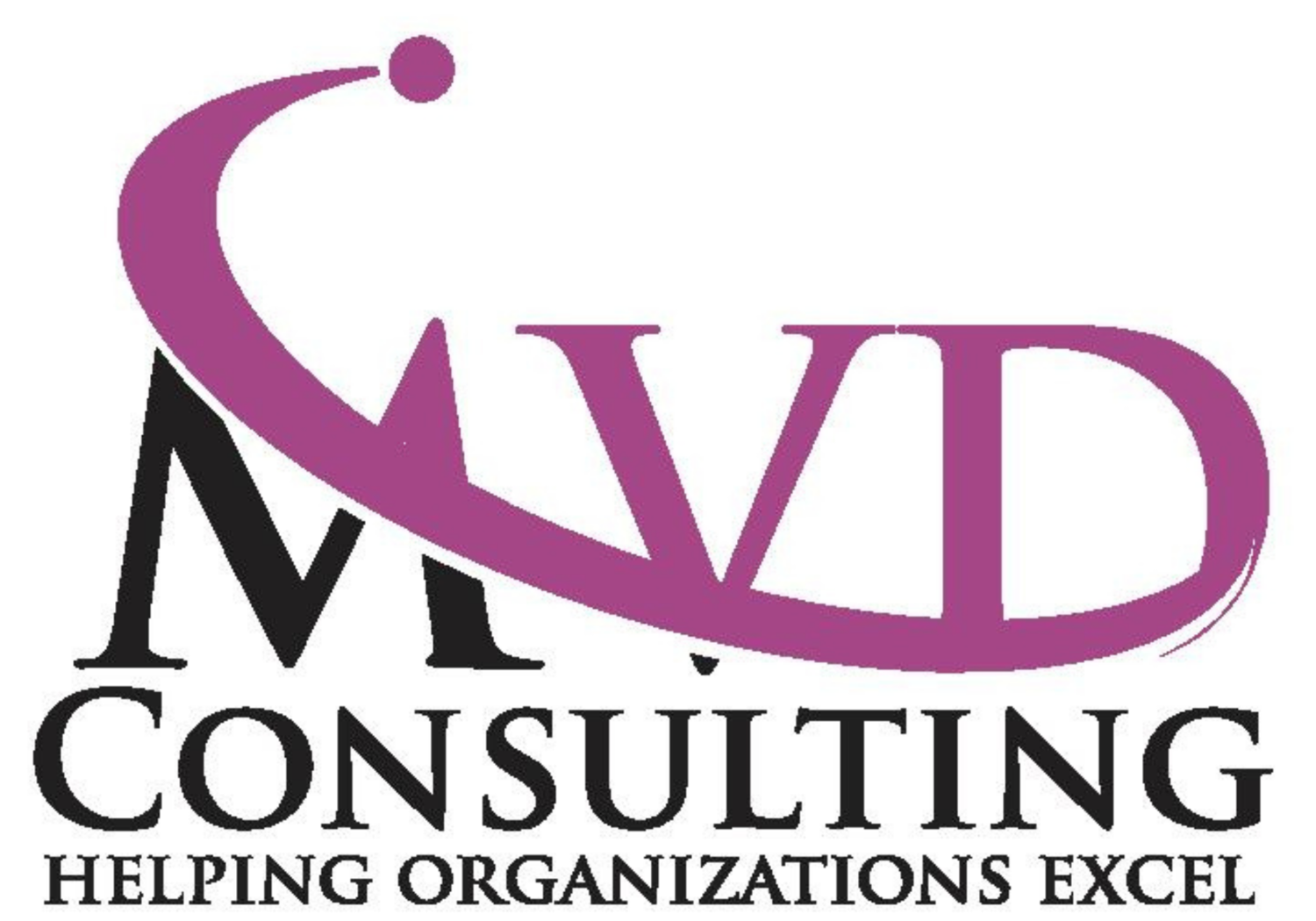Celebrating Pride Month!
June is here and so is the warm and sunny weather. June is also Pride Month when 2SLGBTQ+ people and allies come together to celebrate the love, diversity, and overall beauty of the communities of folks who identify as 2SLGBTQ+.
Pride Month began to be acknowledged and celebrated in the month of June following the Stonewall Uprising that occurred in 1969 in the US in Manhattan. The Stonewall Inn was a popular bar for 2SLGBTQ+ community members. The police would raid this and other bars to arrest and harass persons. On June 28, 1969, police from the New York Police Department arrived at the Stonewall Inn in the early morning and started harassing persons and tried to arrest folks without id and others.
News of the police harassment was shared across the city and groups showed up at the bar later that day in protest. The protests lasted for over a week and drew attention to the harassment and punishment of 2SLGBTQ+ folks. One year later on June 28, 1970, the first Pride March was held in New York City to commemorate the anniversary of the Stonewall Uprising.
Toronto Pride documents the history of Pride Month in Canada. The first Pride March was also held on June 28, 1970 day in Ottawa. Each year that decade, a Pride Day Picnic was held at Hanlan’s Point Island, with Pride Week celebrated in 1974. In 1981, Lesbian and Gay Pride Day is legally incorporated. Over time, the month of June was recognized as Pride Month to not only remember the Stonewall protests, but also protests around the world and to celebrate diversity, love, equality, and justice.
Resisting homo, bi, and transphobia, is an important part of diversity, equity, and inclusion work. Challenging assumptions that everyone is straight, cisgender, or has identities that are cis-normative allows us to create spaces and opportunities that are inclusive of all identities. Ways we can be more inclusive include:
Placing your preferred pronouns in your email signature, on your business cards, and on your video conferencing profiles.
Using other people’s preferred pronouns, or using they/them if you are unsure.
No longer assuming that everyone identifies as straight or cisgender.
Challenging the myth that someone identifies as 2SLGBTQ+ because of childhood trauma or abuse.
Expanding our understanding of the fluidity of people’s sexual and gender identities. For some folks, these are not fixed and can change over time.
Speaking out against trans and homophobia at work, at home, and in our communities.
A queer colleague of mine shared with me information about a great toolkit for Black 2SLGBTQ+ folks who need access to quality, accurate employment legal information. Created by the incredible team at Black Femme Legal, the toolkit contains information on legal, crisis, healing, and community supports for Black 2SLGBTQ+ persons who need help to address discrimination and harassment at their workplaces. Please check it out and share this great resource with your networks.
Thanks for reading my blog. Let me know who you are celebrating Pride Month! What more can we do to create equitable and safer spaces?
Michelle
